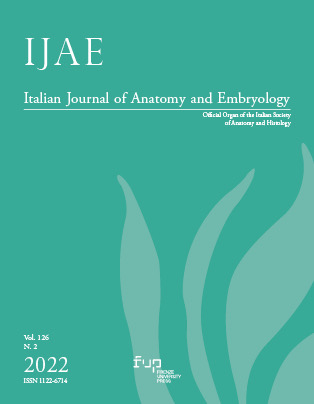Left ventricular global longitudinal strain by speckle tracking echocardiography in hypertension: a mini-review
Published 2022-12-27
Keywords
- hypertension,
- left ventricular hypertrophy,
- global longitudinal strain
How to Cite
Abstract
The aim of this mini-review is to report current knowledge about left ventricular systolic function assessed by global longitudinal strain in hypertensive patients with and without left ventricular hypertrophy, that is, stage A and B heart failure. We conducted a literature search through PubMed, Web of science and Cochrane Library by using terms such as myocardial strain, speckle tracking echocardiography, systolic dysfunction, left ventricular hypertrophy, left ventricular geometry, essential hypertension. We identified 2 meta-analyses including 30 studies, 1 review including 8 studies and 5 other studies. The evaluation of published studies suggests that global longitudinal strain is significantly reduced in hypertensive patients than in normotensive subjects, despite normal ejection fraction. This alteration may be present in both patients with and without left ventricular hypertrophy, though it is more relevant in those with left ventricular hypertrophy. Global longitudinal strain is a more sensitive marker for early abnormalities of left ventricular function and can be of greater help than conventional methods in predicting hypertensive disease progression and outcomes. However, the prevalence of left ventricular longitudinal dysfunction in hypertension, its predicting factors and its clinical relevance are not yet completely clear. Thus, other studies are needed to shed further light on this topic.


